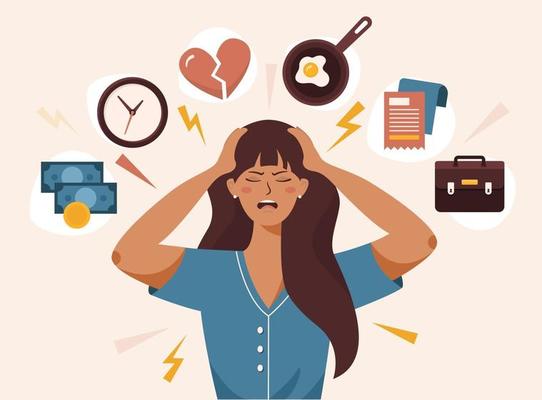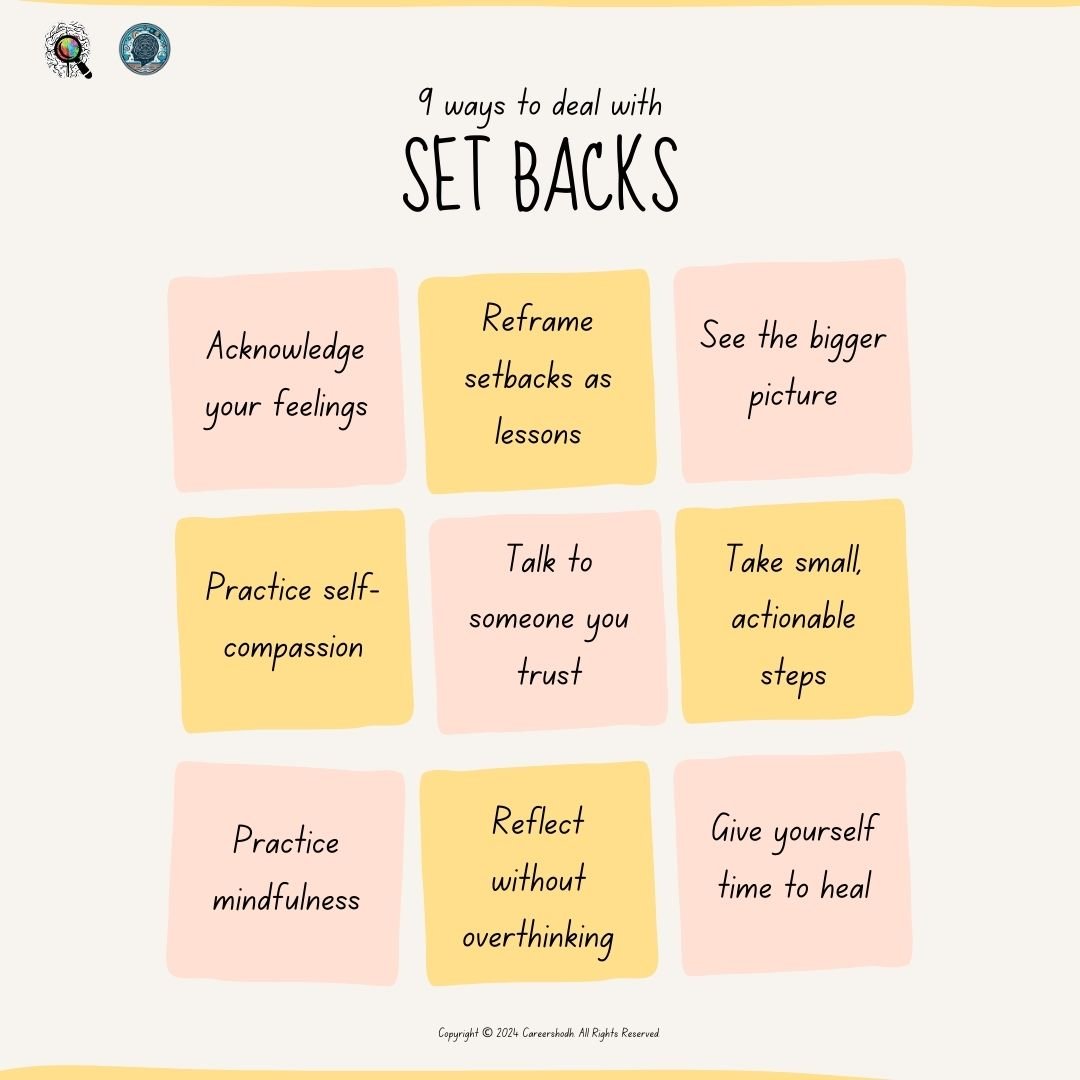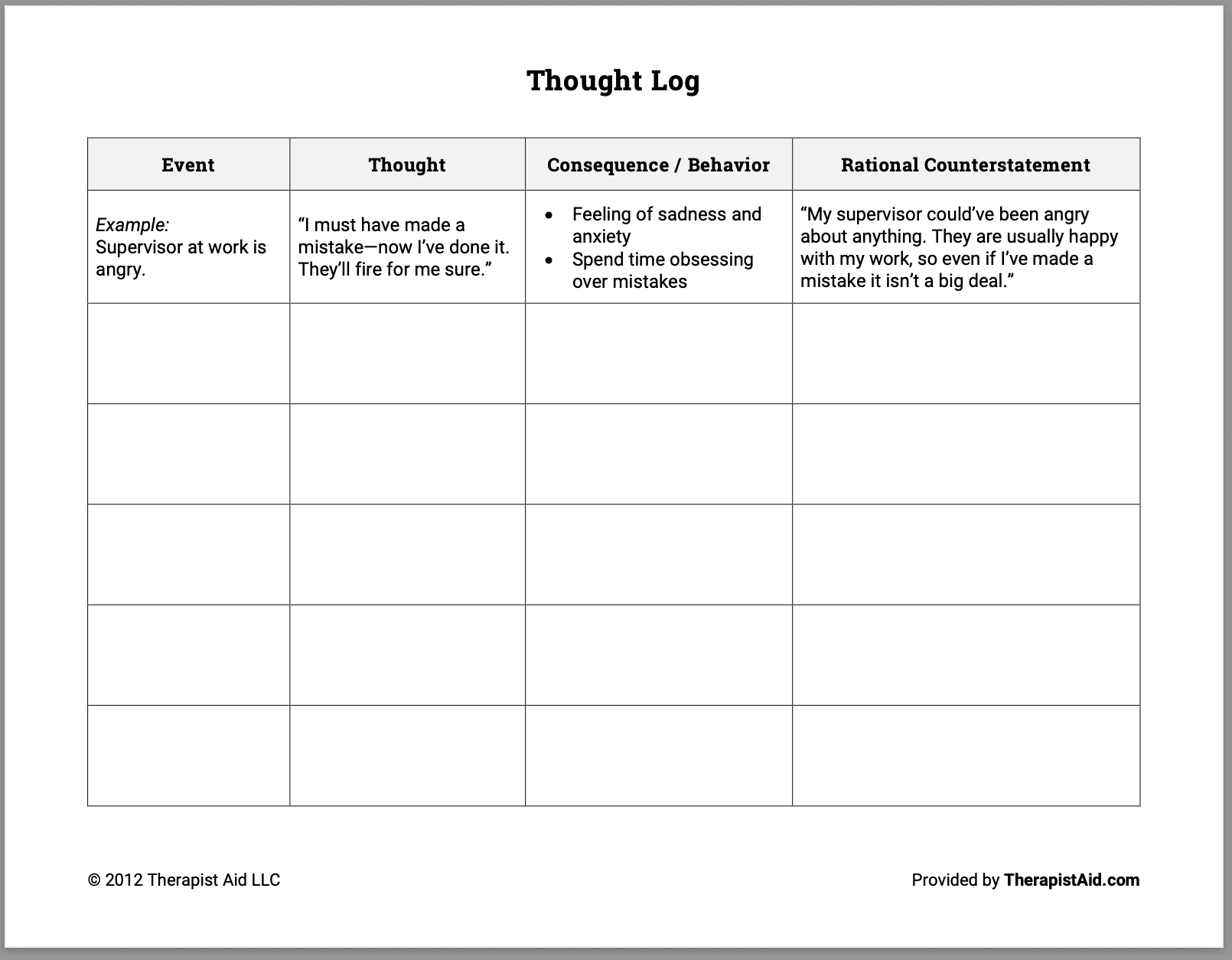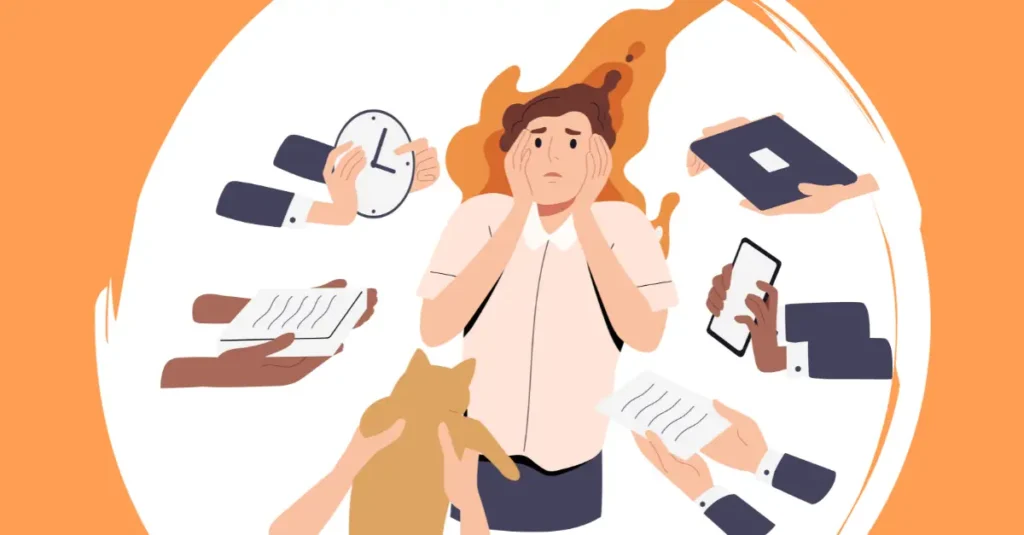In today’s fast-paced world, chronic stress is common and affects many on mental, emotional, and physical levels. Learning how to prevent long-term stress through resilience-building empowers individuals to manage life’s challenges effectively, leading to a greater sense of well-being (American Psychological Association, 2018).

Developing Stress Resilience
Resilience, in the context of stress, refers to the capacity to adapt positively and bounce back from difficult or stressful situations. It does not mean avoiding challenges but strengthening one’s ability to face and manage them (Masten, 2015). Resilient people do not eliminate stress but manage it without letting it disrupt their emotional well-being. Building resilience requires developing emotional, mental, and physical coping mechanisms to thrive despite adversity.
Read More- Resilience
Steps to Build Emotional and Mental Resilience
1. Practice Mindfulness and Self-Awareness
Mindfulness—focusing on the present moment without judgment—enables people to observe thoughts and feelings calmly. Studies show that self-awareness helps individuals identify early signs of stress and manage reactions before they escalate (Kabat-Zinn, 2013). For example, practicing deep breathing or a quick body scan can help bring attention to the present moment, allowing stress to pass with greater ease.
2. Strengthen Support Networks
Building close, trusting relationships with friends, family, or support groups provides comfort and practical support. Leaning on others during difficult times, and offering support in return, fosters a sense of community and belonging—both essential for resilience (Southwick & Charney, 2018). For instance, joining a local support group can create a network of people who understand and provide emotional support during stressful times.
3. Cultivate a Growth Mindset
People with a growth mindset see challenges as opportunities for learning and growth. This mindset helps people approach stress with curiosity and adaptability rather than avoidance (Dweck, 2006). For example, viewing setbacks as learning experiences rather than failures makes individuals more open to learning from difficult situations.
4. Set Healthy Boundaries
Setting limits on time, energy, and emotional involvement helps prevent burnout. Resilient individuals prioritize self-care and know when to say “no,” ensuring balance across life domains (Goleman, 1995). For example, designating “no work” hours during evenings and weekends can prevent work-related stress from spilling over into personal time.
5. Develop Healthy Coping Mechanisms
Activities like exercise, journaling, engaging in hobbies, and practicing relaxation techniques (such as deep breathing) provide healthy outlets for stress and promote mental clarity (American Psychological Association, 2018). For example, a daily 10-minute walk can help release tension and create space for reflection.

Cognitive Behavioral Techniques for Stress
The Role of Cognitive Behavioral Therapy (CBT) in Managing Stress
Cognitive Behavioral Therapy (CBT) is a highly effective approach for managing stress by focusing on changing unhelpful thought patterns that can lead to emotional distress (Beck, 2011). CBT operates on the idea that our thoughts, emotions, and behaviors are interconnected, and by adjusting thinking patterns, individuals can improve how they feel and respond to stressors.

Identifying and Challenging Negative Thought Patterns
CBT helps people recognize when they’re engaging in negative thinking, such as catastrophizing or black-and-white thinking. Through CBT, individuals can:
- Identify Negative Thoughts
Recognize automatic negative thoughts as they occur. For example, feeling “I can never do anything right” may trigger deeper feelings of stress and inadequacy (Beck, 2011). - Challenge Cognitive Distortions
Negative thoughts are then assessed for accuracy. Asking questions like “Is this thought really true?” or “What evidence do I have for this?” can help reduce irrational thinking. For instance, instead of concluding “I failed the test; I’m not smart enough,” rephrasing to “I didn’t do as well as I hoped, but I can improve” supports resilience and balanced thinking. - Replace with Balanced Thoughts
By rephrasing negative thoughts with balanced ones, such as “I made a mistake, but I can learn from it,” individuals alleviate stress and build a healthier mental outlook, promoting resilience (Ellis, 2001).
Seeking Professional Help
When to Seek Therapy or Counseling
While many stress management techniques can be practiced independently, professional intervention is sometimes essential. Indicators for seeking therapy include prolonged anxiety, feelings of hopelessness, sleep disturbances, or difficulties managing emotions (National Institute of Mental Health, 2020). Professional help is recommended if stress interferes significantly with daily functioning, relationships, or physical health.
Exploring Different Therapeutic Options
- Cognitive Behavioral Therapy (CBT)
CBT remains a widely used therapy for managing stress and anxiety, as it directly addresses harmful thought patterns that exacerbate stress (Beck, 2011). - Talk Therapy
Talk therapy, also known as psychotherapy, involves discussing thoughts, feelings, and experiences with a therapist. It provides a supportive space to process emotions and understand stressors, promoting self-understanding (Yalom, 2002). - Eye Movement Desensitization and Reprocessing (EMDR)
EMDR is a therapeutic approach often used for trauma but effective in certain stress cases. It reprocesses distressing memories to reduce their impact on current mental health (Shapiro, 2017).
Each therapy type offers unique benefits, and some individuals may benefit from a tailored combination of therapies depending on specific needs.
Creating a Stress Management Plan
Building a Personalized Plan for Long-Term Stress Prevention
Creating a personalized stress management plan involves selecting tools and practices that align with one’s lifestyle and stressors. Steps to create a plan include:
- Identifying Stressors- Make a list of both chronic and acute stressors, whether work-related, financial, or relational (American Psychological Association, 2018).
- Setting Stress-Reduction Goals- Define specific goals for managing stressors, such as increasing sleep, practicing mindfulness, or setting aside time for hobbies.
- Incorporating Daily Practices- Develop consistent habits like meditation, exercise, and journaling. Small, daily practices can build resilience over time, reducing stress levels sustainably (Kabat-Zinn, 2013).
- Utilizing Professional Resources- If therapy or counseling is part of the plan, determine a suitable frequency for sessions and integrate them regularly as needed.
Regular Self-Check-Ins and Progress Tracking
Effective stress management is a continual process. Regular self-check-ins help assess what’s working and where adjustments are needed. For example, some may benefit from weekly reflections on progress and setbacks, setting small, achievable goals for the following week (National Institute of Mental Health, 2020). Progress tracking can be done through journaling or stress-tracking apps that monitor mood and stress levels over time. Reviewing insights periodically enables adjustments, enhancing resilience and one’s ability to manage future challenges.
Easy Techniques to Build Long Term Resilience
- Practicing Gratitude Daily- Gratitude journaling is a simple but powerful technique to practice daily gratitude. By setting aside a few minutes each day to write down three things you’re grateful for, you can gradually shift your focus from stressors to the positive aspects of life. These can range from small pleasures, like enjoying a warm cup of coffee, to more meaningful aspects, such as receiving support from loved ones. Research shows that gratitude enhances well-being, improves mood, and reduces levels of stress and depression by training the brain to notice and appreciate positive experiences. Over time, this practice fosters a more optimistic outlook, making it easier to manage challenges.
- Visualizing Success and Strength- The “Best Possible Self” exercise encourages you to visualize a future where everything has turned out well, picturing yourself achieving your goals and handling stress effectively. By spending 10-15 minutes envisioning your “best possible self,” you create a positive mental framework that fosters resilience. Writing down what this looks like in detail further reinforces the vision, helping you believe in your own capabilities. Visualization not only boosts optimism but also builds self-efficacy, encouraging you to approach challenges with a belief in your ability to overcome them.
- Fostering Positive Relationships- Active constructive responding is a technique focused on strengthening relationships, which are essential for building resilience. When someone shares good news, responding actively and positively can make a significant impact. Instead of a brief “That’s great,” try to show genuine interest by asking questions or expressing your excitement. This type of positive reinforcement strengthens relationships, creating a solid support network for times of stress. Strong social connections promote a sense of belonging, reduce feelings of isolation, and provide emotional support, all of which contribute to stress resilience.
- Setting and Pursuing Meaningful Goals- Setting meaningful goals using the “WOOP” method (Wish, Outcome, Obstacle, Plan) is a structured approach to achieving what matters most to you. Begin by identifying a personal or professional goal (Wish), then visualize the best outcome if you succeed (Outcome). Next, think about possible challenges (Obstacle) and outline a plan to overcome them (Plan). This method not only helps you manage potential setbacks but also reinforces your commitment to reaching meaningful objectives. Pursuing goals that align with your values and aspirations fosters a sense of purpose and direction, essential components for long-term resilience and well-being.
- Mindfulness Meditation for Stress Reduction- Loving-kindness meditation, which involves focusing on sending love, kindness, and compassion to yourself and others, is a mindfulness technique that can be practiced daily for 5-10 minutes. Start with yourself, and then extend these compassionate thoughts to friends, family, and even people with whom you may have conflicts. Regular practice reduces stress, anxiety, and self-criticism, helping to build a compassionate and non-judgmental view of oneself and others. Developing this habit of loving-kindness promotes emotional resilience, fostering a positive and empathetic mindset that helps mitigate stress.
- Using Positive Self-Affirmations- Practicing self-affirmations involves choosing a few phrases that resonate with your values and goals, such as “I am resilient,” “I am capable,” or “I handle challenges with grace.” Repeating these affirmations daily, particularly during stressful moments, helps reduce stress by reinforcing self-worth and a positive self-image. Positive affirmations improve emotional stability and build confidence, helping you approach challenges with a strong, resilient mindset. This practice supports stress management by nurturing a constructive and empowering outlook.
- Developing Optimism through Reframing- Reframing negative situations involves challenging yourself to see difficulties from a different perspective. When facing a setback, asking questions like “What can I learn from this?” or “How can this situation make me stronger?” encourages cognitive flexibility and optimism. Reframing allows individuals to view stressors as opportunities for personal growth rather than threats, which increases resilience and equips them to tackle future challenges constructively. This mindset shift not only boosts optimism but also fosters a more resilient approach to life’s obstacles.
Conclusion
Preventing long-term stress is not about eliminating challenges but building the resilience needed to face them. By cultivating resilience, using cognitive techniques, seeking professional help, and maintaining a proactive stress management plan, individuals can not only prevent chronic stress but thrive in their personal and professional lives. Building resilience is a journey of self-discovery, leading to a stronger, more adaptable, and fulfilled self.
Reference
American Psychological Association. (2018). Stress: The different kinds of stress.
Beck, A. T. (2011). Cognitive therapy: Basics and beyond. Guilford Press.
Dweck, C. (2006). Mindset: The new psychology of success. Random House.
Ellis, A. (2001). Overcoming destructive beliefs, feelings, and behaviors. Prometheus Books.
Goleman, D. (1995). Emotional intelligence: Why it can matter more than IQ. Bantam Books.
Kabat-Zinn, J. (2013). Full catastrophe living. Bantam Books.
Masten, A. S. (2015). Ordinary magic: Resilience in development. Guilford Press.
National Institute of Mental Health. (2020). When is it time to seek help?
Shapiro, F. (2017). Eye movement desensitization and reprocessing (EMDR) therapy.
Southwick, S. M., & Charney, D. S. (2018). Resilience: The science of mastering life’s greatest challenges.
Subscribe to PsychUniverse
Get the latest updates and insights.
Join 3,022 other subscribers!
Niwlikar, B. A. (2024, November 19). 7 Important Ways To Build Resilience and Prevent Stress. PsychUniverse. https://psychuniverse.com/prevent-stress-and-build-resilience/




Thank you for sharing your personal experiences and stories It takes courage to open up and you do it with such grace and authenticity
Pingback: Ritika Gaikwad Counselor in Pune for Growth & Healing - Careershodh